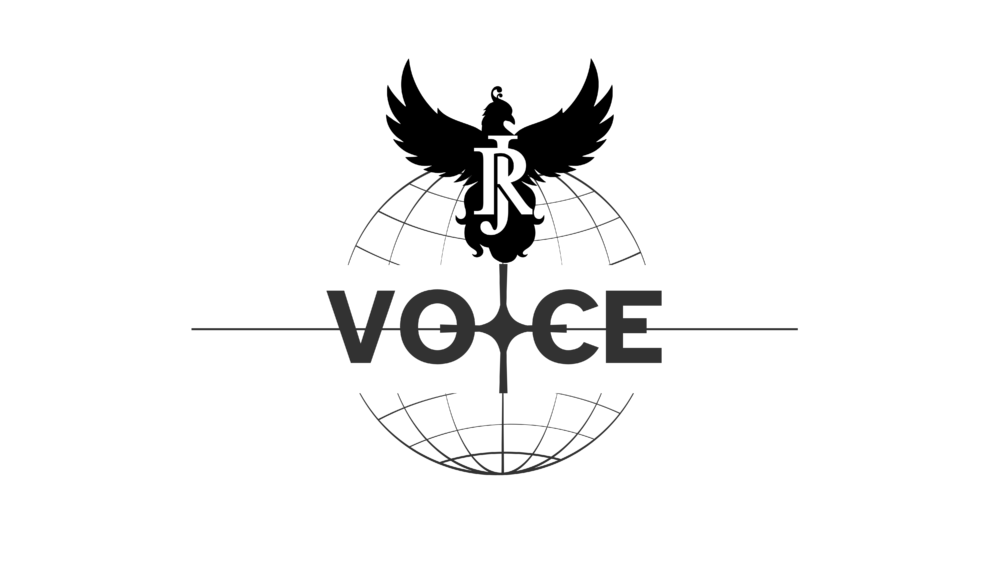European Union Trade Commissioner Maroš Šefčovič is scheduled to travel to Washington on Monday for a series of high-level meetings with U.S. officials as the two sides seek to break a deadlock over transatlantic trade disputes, the European Commission confirmed on Friday.
Šefčovič is expected to meet with U.S. Commerce Secretary Howard Lutnick and U.S. Trade Representative Jamieson Greer. The visit comes amid heightened tensions and hopes for a resolution that would prevent the imposition of further tariffs.
According to European Commission spokesperson Olof Gill, the EU is aiming to reach agreements that are beneficial to both sides. “Our goal is to find win-win solutions that will help avoid further tariff escalation, which would only harm businesses and consumers on both sides of the Atlantic,” he said.
As part of its negotiating stance, the EU has proposed a complete elimination of tariffs on industrial goods between the two economies. Currently, U.S. tariffs include a 25% levy on European aluminium and steel, 25% on EU-made cars, and a blanket 10% on other imports from the bloc.
Commission President Ursula von der Leyen recently reiterated the EU’s offer for a zero-for-zero tariff agreement on industrial goods, a strategy that has proven effective with other trading partners in the past. Her comments came shortly before the United States announced a 90-day pause on imposing additional duties.
In a gesture of goodwill, the European Commission also suspended planned retaliatory tariffs against U.S. goods that had been approved by EU member states earlier in the week, hoping to foster a more constructive environment for negotiations.
On Friday, EU Economy Commissioner Valdis Dombrovskis shared projections on the potential economic fallout from an extended trade conflict. Based on internal Commission estimates, the U.S. economy could see a reduction in GDP of between 0.8% and 1.4% by 2027. In contrast, the EU’s GDP would be less affected, with a projected decline of around 0.2%.
“If these tariffs were to become permanent or if retaliation were to escalate, the negative consequences would be far greater,” Dombrovskis warned. He added that the U.S. could face losses of up to 3.3% of GDP, while the EU might see a decline of 0.6%. Global GDP could fall by 1.2%, and world trade could drop by as much as 7.7% over the next three years.
The outcome of Šefčovič’s trip could determine whether both sides move toward a cooperative resolution or continue down a path of economic confrontation.































































